Abarth 500 595 695 vs VW ID.7 – Which model is better for everyday use?
Compare performance, boot capacity, efficiency and price at a glance.
Find out which car is the better choice for you – Abarth 500 595 695 or VW ID.7?
Costs and Efficiency:
Price and efficiency are often the first things buyers look at. Here it becomes clear which model has the long-term edge – whether at the pump, the plug, or in purchase price.
Abarth 500 595 695 has a significantly advantage in terms of price – it starts at 32600 £, while the VW ID.7 costs 46400 £. That’s a price difference of around 13813 £.
In terms of energy consumption, the advantage goes to the VW ID.7: with 13.60 kWh per 100 km, it’s evident more efficient than the Abarth 500 595 695 with 17.10 kWh. That’s a difference of about 3.50 kWh.
As for range, the VW ID.7 performs clearly better – achieving up to 708 km, about 443 km more than the Abarth 500 595 695.
Engine and Performance:
Under the bonnet, it becomes clear which model is tuned for sportiness and which one takes the lead when you hit the accelerator.
When it comes to engine power, the VW ID.7 has a significantly edge – offering 340 HP compared to 155 HP. That’s roughly 185 HP more horsepower.
In acceleration from 0 to 100 km/h, the VW ID.7 is noticeable quicker – completing the sprint in 5.40 s, while the Abarth 500 595 695 takes 7 s. That’s about 1.60 s faster.
In terms of top speed, the VW ID.7 performs a bit better – reaching 180 km/h, while the Abarth 500 595 695 tops out at 155 km/h. The difference is around 25 km/h.
There’s also a difference in torque: VW ID.7 pulls convincingly stronger with 679 Nm compared to 235 Nm. That’s about 444 Nm difference.
Space and Everyday Use:
Beyond pure performance, interior space and usability matter most in daily life. This is where you see which car is more practical and versatile.
Seats: VW ID.7 offers to a small extent more seating capacity – 5 vs 4.
In curb weight, Abarth 500 595 695 is clearly lighter – 1410 kg compared to 2180 kg. The difference is around 770 kg.
In terms of boot space, the VW ID.7 offers clearly more room – 532 L compared to 185 L. That’s a difference of about 347 L.
In maximum load capacity, the VW ID.7 performs decisively better – up to 1586 L, which is about 1036 L more than the Abarth 500 595 695.
When it comes to payload, VW ID.7 a bit takes the win – 465 kg compared to 385 kg. That’s a difference of about 80 kg.
Who comes out on top?
Overall, the VW ID.7 shows itself to be wins the duel decisively and secures the title of DriveDuel Champion.
It convinces with the more balanced overall package and proves to be the more versatile choice for everyday use.
 @ Volkswagen AG / VW Media
@ Volkswagen AG / VW Media
VW ID.7
Abarth 500 595 695
The Abarth 500, particularly in its 595 and 695 renditions, captures the spirit of Italian motoring with its compact yet aggressive design. Known for its lively performance and distinctive styling, this little powerhouse is a joy to drive, offering an engaging experience that appeals to enthusiasts. With its rich motorsport heritage, the Abarth 500 embodies the essence of fun and excitement on both the streets and the race track.
details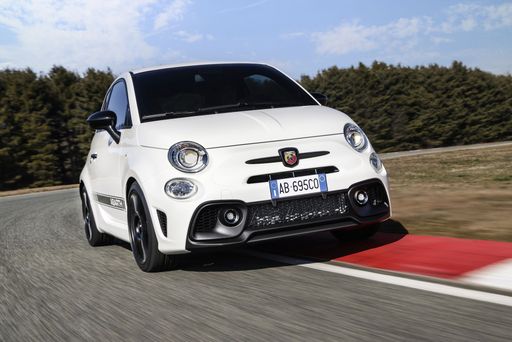 @ Abarth / Stellantis Media
@ Abarth / Stellantis Media
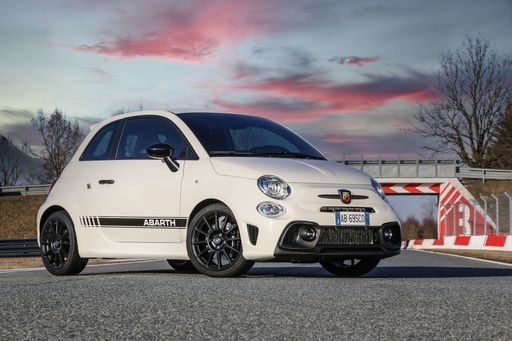 @ Abarth / Stellantis Media
@ Abarth / Stellantis Media
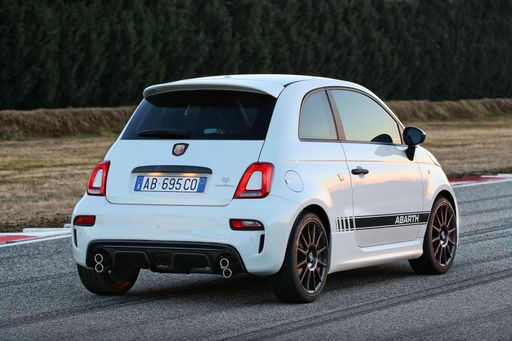 @ Abarth / Stellantis Media
@ Abarth / Stellantis Media
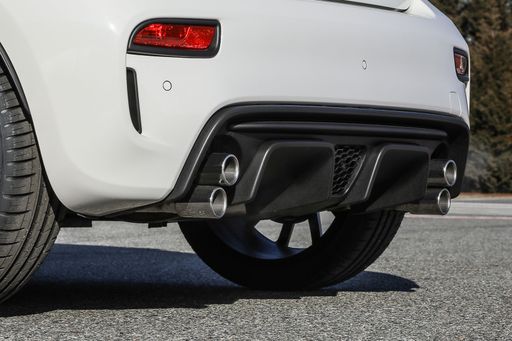 @ Abarth / Stellantis Media
@ Abarth / Stellantis Media
 @ Abarth / Stellantis Media
@ Abarth / Stellantis Media
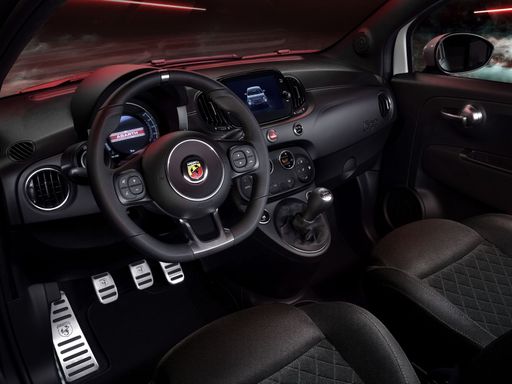 @ Abarth / Stellantis Media
@ Abarth / Stellantis Media
VW ID.7
The VW ID.7 represents a significant step forward in Volkswagen's electric vehicle lineup, offering an elegant design combined with advanced technology features. This electric saloon showcases a sleek aerodynamic profile, prioritising both performance and efficiency. Inside, drivers will appreciate the spacious and modern cabin, equipped with intuitive controls and connectivity features for a seamless driving experience.
details @ Volkswagen AG / VW Media
@ Volkswagen AG / VW Media
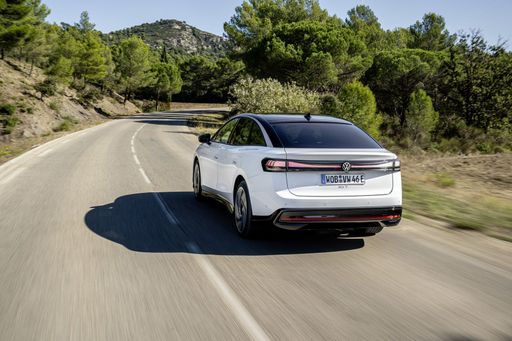 @ Volkswagen AG / VW Media
@ Volkswagen AG / VW Media
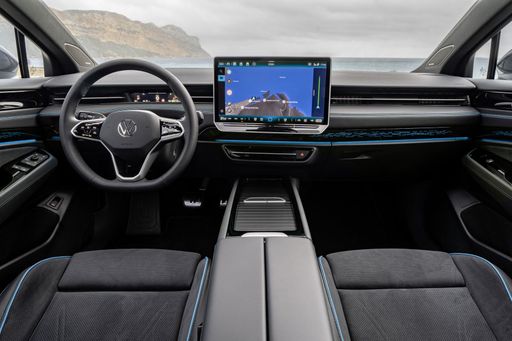 @ Volkswagen AG / VW Media
@ Volkswagen AG / VW Media
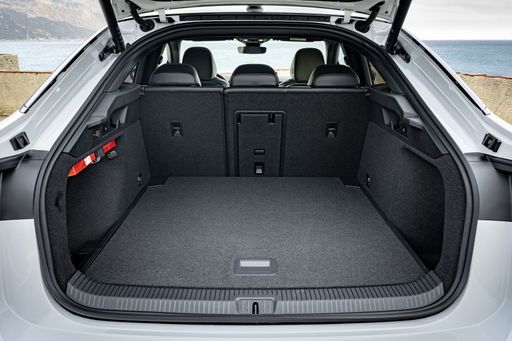 @ Volkswagen AG / VW Media
@ Volkswagen AG / VW Media
 @ Abarth / Stellantis Media
@ Abarth / Stellantis Media
|
 @ Volkswagen AG / VW Media
@ Volkswagen AG / VW Media
|
|
|
|
Costs and Consumption |
|
|---|---|
|
Price
32600 - 39400 £
|
Price
46400 - 54200 £
|
|
Consumption L/100km
-
|
Consumption L/100km
-
|
|
Consumption kWh/100km
17.1 - 18.8 kWh
|
Consumption kWh/100km
13.6 - 16.2 kWh
|
|
Electric Range
242 - 265 km
|
Electric Range
594 - 708 km
|
|
Battery Capacity
37.80 kWh
|
Battery Capacity
77 - 86 kWh
|
|
co2
0 g/km
|
co2
0 g/km
|
|
Fuel tank capacity
-
|
Fuel tank capacity
-
|
Dimensions and Body |
|
|---|---|
|
Body Type
Hatchback
|
Body Type
Hatchback
|
|
Seats
4
|
Seats
5
|
|
Doors
3
|
Doors
5
|
|
Curb weight
1410 - 1435 kg
|
Curb weight
2180 - 2325 kg
|
|
Trunk capacity
185 L
|
Trunk capacity
532 L
|
|
Length
3673 mm
|
Length
4961 mm
|
|
Width
1682 mm
|
Width
1862 mm
|
|
Height
1518 mm
|
Height
1535 - 1536 mm
|
|
Max trunk capacity
550 L
|
Max trunk capacity
1586 L
|
|
Payload
370 - 385 kg
|
Payload
460 - 465 kg
|
Engine and Performance |
|
|---|---|
|
Engine Type
Electric
|
Engine Type
Electric
|
|
Transmission
Automatic
|
Transmission
Automatic
|
|
Transmission Detail
-
|
Transmission Detail
Reduction Gearbox
|
|
Drive Type
Front-Wheel Drive
|
Drive Type
Rear-Wheel Drive, All-Wheel Drive
|
|
Power HP
155 HP
|
Power HP
286 - 340 HP
|
|
Acceleration 0-100km/h
7 s
|
Acceleration 0-100km/h
5.4 - 6.6 s
|
|
Max Speed
155 km/h
|
Max Speed
180 km/h
|
|
Torque
235 Nm
|
Torque
545 - 679 Nm
|
|
Number of Cylinders
-
|
Number of Cylinders
-
|
|
Power kW
114 kW
|
Power kW
210 - 250 kW
|
|
Engine capacity
-
|
Engine capacity
-
|
General |
|
|---|---|
|
Model Year
2023
|
Model Year
2023 - 2024
|
|
CO2 Efficiency Class
A
|
CO2 Efficiency Class
A
|
|
Brand
Abarth
|
Brand
VW
|
Is the Abarth 500 595 695 offered with different drivetrains?
The Abarth 500 595 695 is offered with Front-Wheel Drive.
The prices and data displayed are estimates based on German list prices and may vary by country. This information is not legally binding.
